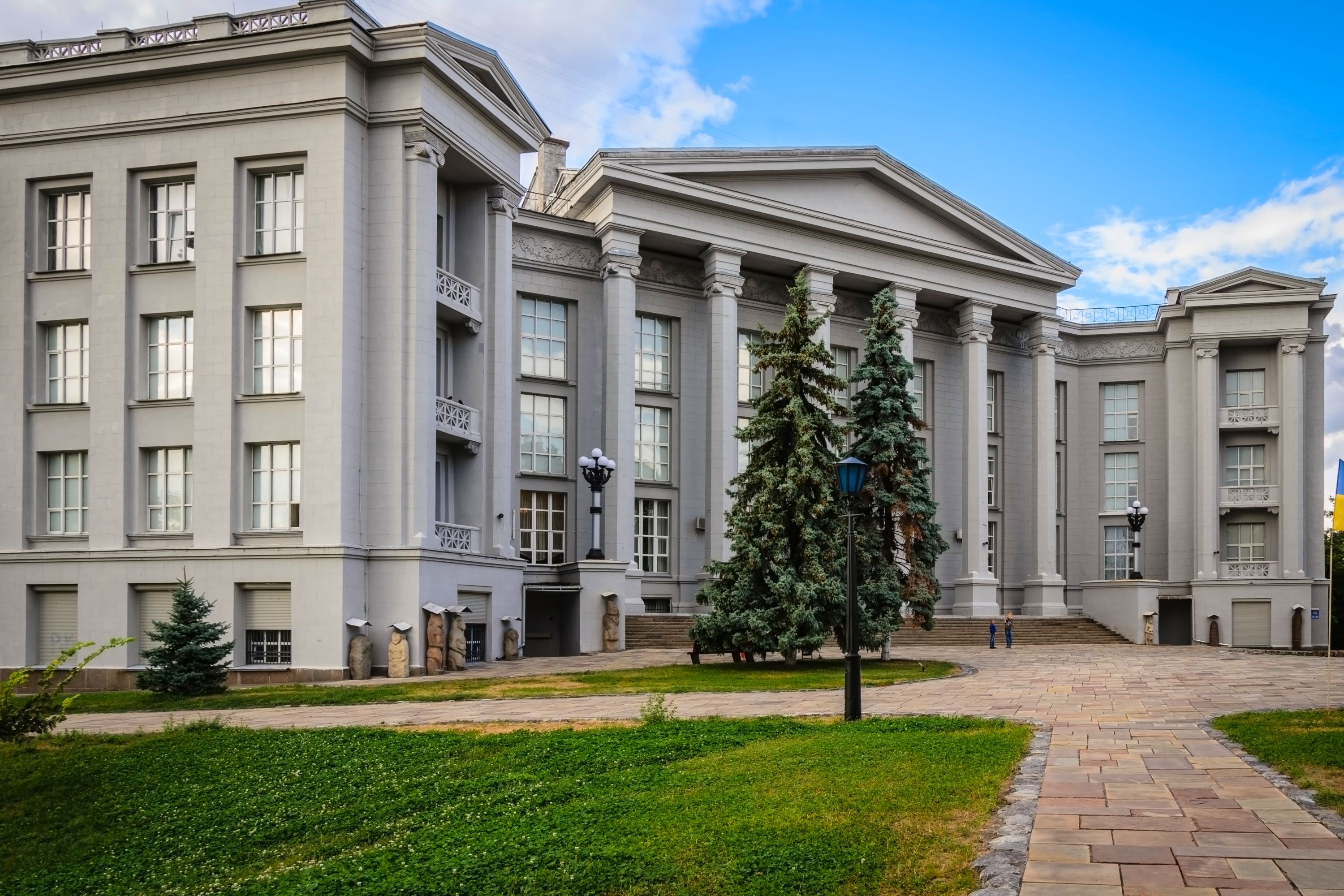A Man Who Inherited Rare Roman-Era Silver Ingots Found In His Great-Grandmother’s Backyard Allegedly Tried To Sell One On The Black Market, But Ukrainian Museum Officials Intervened

Three Roman-era silver ingots were almost illegally sold online, but Ukrainian museum officials intervened before a sale could be made.
An investigation revealed that the culprit, a man who has remained anonymous, inherited the ingots from his great-grandmother, who had found the rare artifacts buried in the family’s backyard in Transcarpathia, a region located in western Ukraine.
The man allegedly tried to sell one of the silver bars online. Officials from the National Museum of the History of Ukraine in Kyiv reported the attempted sale to local law enforcement. Two more ingots were discovered when officers searched the man’s home.
Since the artifacts have “special cultural value,” they were confiscated from the home, and the case has been taken over by Ukraine’s Office of the Prosecutor General.
The metal bars are made almost entirely of pure silver. They weigh over 12 ounces and feature a coin-shaped impression of Emperor Constantine the Great printed on each side.
Constantine ruled from A.D. 306 to 337. He was known for introducing Christianity to the Roman Empire and relocating his capital to “New Rome,” which became Constantinople (modern-day Istanbul) later on.
The ingots would have been used during the minting process to produce coins with Constantine’s likeness on them.
These coins were called siliquae. They would have been issued in a Roman city known as Augusta Treverorum (modern-day Trier, Germany) between A.D. 310 and 313. The pieces were once held together with a thin, silver ribbon, which has been lost.
“Three ingots fastened together were supposed to be a gift for a very high-ranking person,” said Maksym Levada, a curator at the museum. “The fact that they were found outside the Roman Empire on the territory of modern Ukraine makes them an invaluable source of our past.”
MohammadMehdi – stock.adobe.com – illustrative purposes only
Sign up for Chip Chick’s newsletter and get stories like this delivered to your inbox.
It is estimated that the treasure is worth 3.5 million Ukrainian hryvnia, which comes out to about $84,800. To date, only a small handful of other similar ingots have been found in Europe. There are around 90 existing Roman silver ingots today, with only 11 containing mint stamp impressions.
“It is excellent news that they ended up in a museum rather than on the black market for antiquities,” said Kyrylo Myzgin, an archaeologist and faculty member at the University of Warsaw. “Roman silver ingots with coin die imprints are incredibly rare and were virtually unknown outside the Roman Empire.”
According to Myzgin, who initially examined the ingots, it is likely that they made it to the region of what is now western Ukraine through interactions between the local population of Germanic tribes or Dacians (people in modern-day Romania) and the Roman Empire in the early fourth century. The nature of their interactions is unclear.
Currently, the ingots are on display in an exhibition of salvaged treasures at the museum.
Welcome to Billionaire Club Co LLC, your gateway to a brand-new social media experience! Sign up today and dive into over 10,000 fresh daily articles and videos curated just for your enjoyment. Enjoy the ad free experience, unlimited content interactions, and get that coveted blue check verification—all for just $1 a month!
Account Frozen
Your account is frozen. You can still view content but cannot interact with it.
Please go to your settings to update your account status.
Open Profile Settings